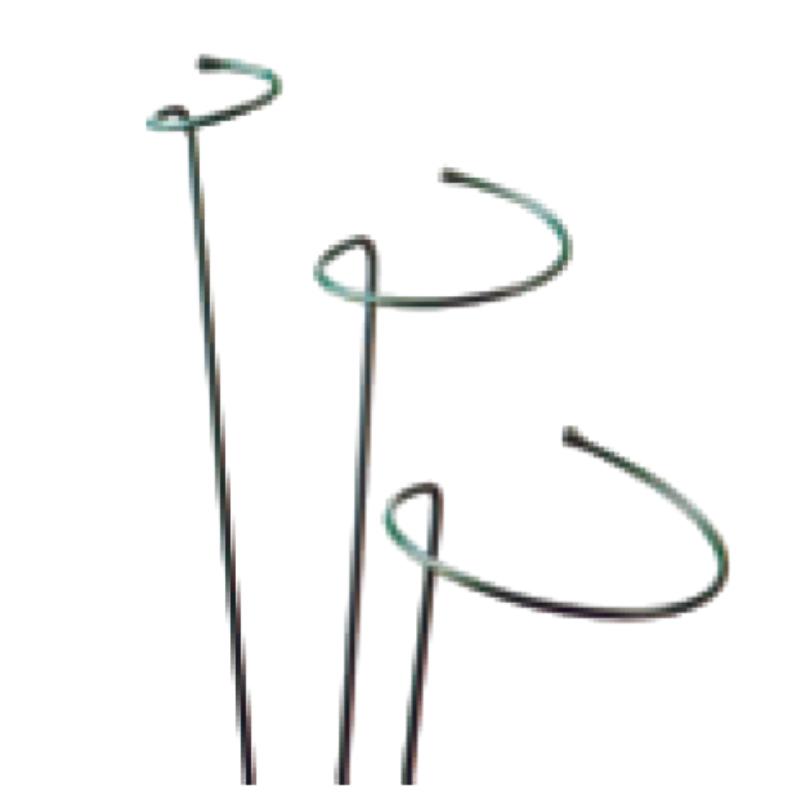-
leka uila:zhao@hyliec.cn
-
Tel:+86 311 85273988
-
WhatsAPP:8613931128750
-
 ʻApelika
ʻApelika -
 Alapania
Alapania -
 Amahapika
Amahapika -
 Apapika
Apapika -
 Ameniana
Ameniana -
 Azerbaijani
Azerbaijani -
 Pōkē
Pōkē -
 ʻŌlelo Belarusa
ʻŌlelo Belarusa -
 Penekali
Penekali -
 Ponia
Ponia -
 Pukalia
Pukalia -
 ʻŌlelo Katalonia
ʻŌlelo Katalonia -
 Cebuano
Cebuano -
 ʻŌlelo Kokia
ʻŌlelo Kokia -
 Koalia
Koalia -
 Keka
Keka -
 Kenemaka
Kenemaka -
 Hōlani
Hōlani -
 Pelekania
Pelekania -
 ʻŌlelo Esperanto
ʻŌlelo Esperanto -
 Ekekonia
Ekekonia -
 Pinilana
Pinilana -
 Palani
Palani -
 Frisian
Frisian -
 Kalikia
Kalikia -
 Keokia
Keokia -
 Alemania
Alemania -
 Helene
Helene -
 Kuhalaki
Kuhalaki -
 ʻŌlelo Haiki
ʻŌlelo Haiki -
 Hauka
Hauka -
 ʻŌlelo Hawaiʻi
ʻŌlelo Hawaiʻi -
 Hepela
Hepela -
 ʻAʻole
ʻAʻole -
 Miao
Miao -
 Hunakalia
Hunakalia -
 ʻĀinahau
ʻĀinahau -
 igbo
igbo -
 ʻInikonia
ʻInikonia -
 Ipelana
Ipelana -
 Ikalia
Ikalia -
 Kepanī
Kepanī -
 Kawanī
Kawanī -
 Kanākā
Kanākā -
 ʻŌlelo Kazaka
ʻŌlelo Kazaka -
 Khmer
Khmer -
 Rwandan
Rwandan -
 Kolea
Kolea -
 ʻŌlelo Kurdish
ʻŌlelo Kurdish -
 ʻŌlelo Kyrgyz
ʻŌlelo Kyrgyz -
 TB
TB -
 ʻŌlelo Lākni
ʻŌlelo Lākni -
 Lakiwiana
Lakiwiana -
 ʻŌlelo Lituania
ʻŌlelo Lituania -
 ʻŌlelo Lukemapuka
ʻŌlelo Lukemapuka -
 Makekoni
Makekoni -
 Malgashi
Malgashi -
 Mālei
Mālei -
 Mālealama
Mālealama -
 Malkī
Malkī -
 ʻŌlelo Māori
ʻŌlelo Māori -
 Malapi
Malapi -
 ʻŌlelo Monokolia
ʻŌlelo Monokolia -
 Maianamara
Maianamara -
 Nepali
Nepali -
 Nolewai
Nolewai -
 Nolewai
Nolewai -
 ʻOkitana
ʻOkitana -
 ʻŌlelo Pashto
ʻŌlelo Pashto -
 Pelekia
Pelekia -
 Pōlani
Pōlani -
 Pukikī
Pukikī -
 ʻŌlelo Punajabi
ʻŌlelo Punajabi -
 Lomānia
Lomānia -
 Lukia
Lukia -
 Sāmoa
Sāmoa -
 Gaelika Sekotia
Gaelika Sekotia -
 ʻŌlelo Serbia
ʻŌlelo Serbia -
 Pelekania
Pelekania -
 Shona
Shona -
 Kiniki
Kiniki -
 Sinhala
Sinhala -
 Kolowakia
Kolowakia -
 Kolewenia
Kolewenia -
 ʻŌlelo Somalia
ʻŌlelo Somalia -
 Kepania
Kepania -
 ʻōlelo Sunda
ʻōlelo Sunda -
 Kawahili
Kawahili -
 Kuekene
Kuekene -
 Kakalo
Kakalo -
 Tajika
Tajika -
 Kamili
Kamili -
 Tatar
Tatar -
 Keluku
Keluku -
 Kailani
Kailani -
 Tureke
Tureke -
 ʻŌlelo Kuleke
ʻŌlelo Kuleke -
 Ukrainian
Ukrainian -
 Urdu
Urdu -
 Uighur
Uighur -
 ʻUzbek
ʻUzbek -
 Vietnamese
Vietnamese -
 Welsh
Welsh -
 Kokua
Kokua -
 Yiddish
Yiddish -
 Yoruba
Yoruba -
 Zulu
Zulu
Metal Plant Supports
What Is The Support Structure Of A Plant?
The support structure of a plant refers to the system of tissues and organs that provide stability and enable the plant to maintain an upright position. This support structure includes several key components:
1. Cell walls: The rigid cell walls of plant cells provide structural support, especially in non-woody plants. The cell walls help maintain the shape and rigidity of the plant's cells, contributing to its overall structure.
2. Stems: Stems play a crucial role in supporting the plant and providing a framework for the attachment of leaves, flowers, and reproductive structures. The stems also facilitate the transport of water, nutrients, and sugars throughout the plant.
3. Roots: The root system anchors the plant in the soil, providing stability and support. Additionally, roots absorb water and nutrients from the soil, contributing to the overall health and growth of the plant.
4. Vascular tissues: Xylem and phloem are specialized tissues that form the plant's vascular system. Xylem transports water and minerals from the roots to the rest of the plant, while phloem transports sugars and other organic compounds to various parts of the plant.
5. Specialized structures: Some plants have specialized support structures, such as tendrils, thorns, or aerial roots, which aid in climbing, attachment, or additional support.
The combination of these structural elements allows plants to maintain their shape, withstand environmental forces, and support essential physiological processes.
Iron Plant Supports Faq
What are the benefits of using iron plant supports?
Iron plant supports offer durability and strength, making them suitable for providing robust support for heavy or sprawling plants. They can withstand the weight of mature plants and help maintain their shape and structure.
What types of plants are best supported by iron plant supports?
Iron plant supports are well-suited for providing support to a wide range of plants, including peonies, roses, delphiniums, and other tall or heavy-flowering perennials. They can also be used for supporting climbing plants such as clematis or sweet peas.
How should iron plant supports be installed?
Iron plant supports should be installed firmly in the ground to ensure stability. When supporting individual plants, place the support structure around the plant early in the growing season, allowing the plant to grow into and around the support naturally.
Are there different styles and designs of iron plant supports available?
Yes, iron plant supports come in various styles and designs, including hoop supports, grid supports, and individual stakes. These different designs cater to the specific needs of different types of plants and can provide effective support while enhancing the visual appeal of the garden.
How can iron plant supports be maintained?
To maintain iron plant supports, periodically inspect them for signs of rust or corrosion, especially if they are exposed to the elements. If rust is present, it can be removed using a wire brush, and the supports can be treated with a rust-resistant coating or paint to prolong their lifespan.






